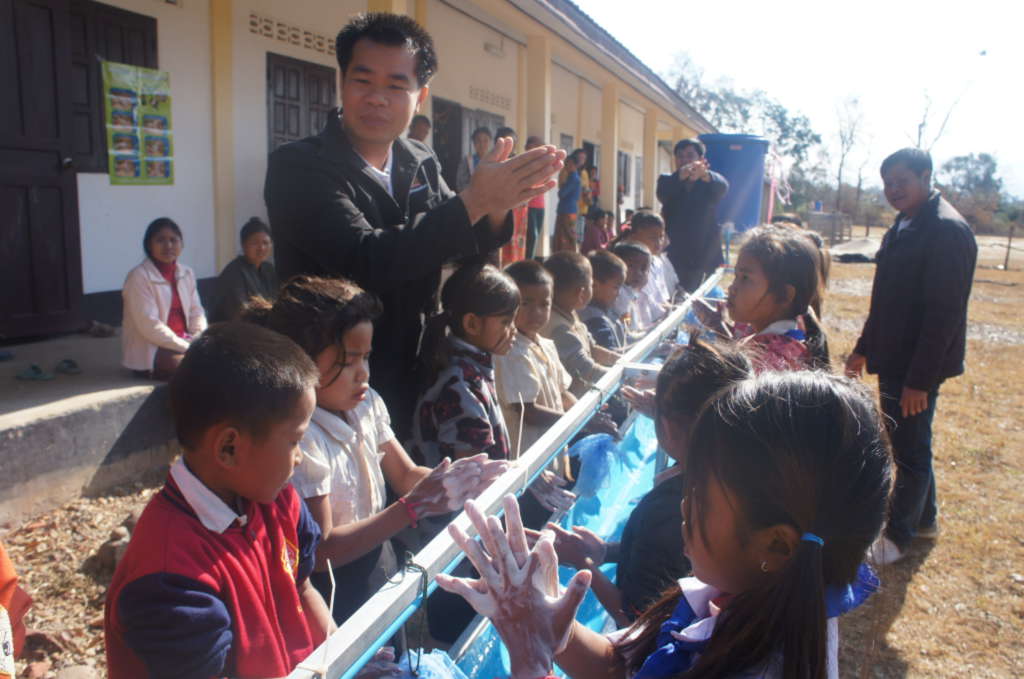Information
This project is closed since 31.01.2021.
- Country
- Laos
- LuxDev's Regional office
- Asia Office
- Partner execution agency
- Provincial Planning and Investment Depertment (PPID)
- PIC 3
- 2011 - 2015
- Implementation period
- 22 January 2014 - 31 January 2021
- Total duration
- 84 months
- Total budget
- 5,500,000 EUR
- Contribution breakdown
-
- Luxembourg Government
5,000,000 EUR - Local Contribution
500,000 EUR
Mid-term evaluation
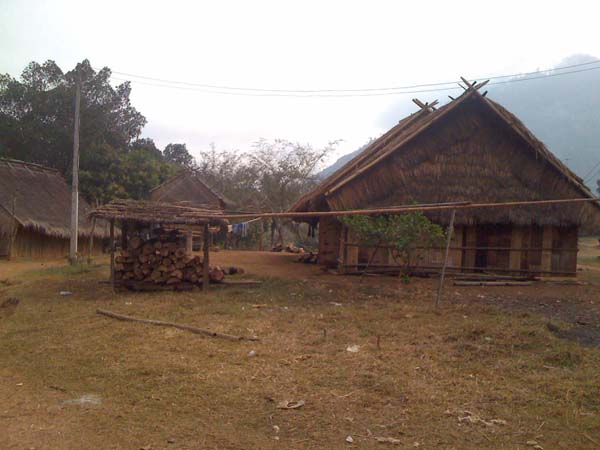
Rural development and poverty alleviation are equally of strategic importance to the Lao Government and have been emphasised prominently in the previous and more recent national five-year plans – the aim being to lift the Lao PDR into the list of Middle Income Countries by 2020 through growth and poverty reduction.
Despite the positive poverty reduction trend of recent years, poverty and serious social inequalities persist in remote rural areas.
The Khammouane Local Development Project (KHALODEP) will operate in a phased manner at provincial level and to the benefit of 35 villages (consolidated from 45 old villages) across three target districts of Khammouane province: Nakai, Boualapha and Mahaxai.The Project will be aligned with the provincial five-year Socio-Economic Development Plan (SEDP) thus divided into two phases of respectively two and five (2+5) years:
- A first two-year Phase will assist the provincial and district authorities in strengthening the planning of the Socio-Economic Development Plan, while ensuring the KHALODEP activities are aligned with government policies, plans and budgets, and harmonised with the development efforts of other donor agencies;
- A subsequent five-year Phase II (2016-2020) will focus on implementing the KHALODEP investments in selected target villages and areas and support the province and districts in managing, monitoring, and evaluating the provincial SEDP. The detailed scope, plans and budgets for this second phase will ultimately be specified when the new SEDP is approved in 2015. It is however understood that budgets are earmarked for poverty reduction and environmental management in the selected target areas.
The 2+5 model will facilitate alignment and harmonisation, including the possibility of good cooperation with the on-going Lao-Luxembourg Health programme (LAO/027).
Latest news
Promoting Basic Hygiene in LaosWashing hands and brushing teeth can save lives!
Hygiene standards in rural Laos are generally low and local populations do not seem to fully understand the importance of following basic hygiene practices in daily life. The sanitary conditions at the primary schools are usually a good example of the lack of hygiene standards: broken toilets (which leads to open defecation by students), animal waste inside classrooms due to doors left open after school, lack of hand washing (as there is usually no clean, running water is available), etc. All this results in a high frequency of diseases among children, particularly diarrhoea, which can be dangerous.
In this regard, the Khammouane Local Development Project supports hygiene education in all 34 target villages across the three districts of Boualapha, Mahaxay and Nakai of Khammouane province.
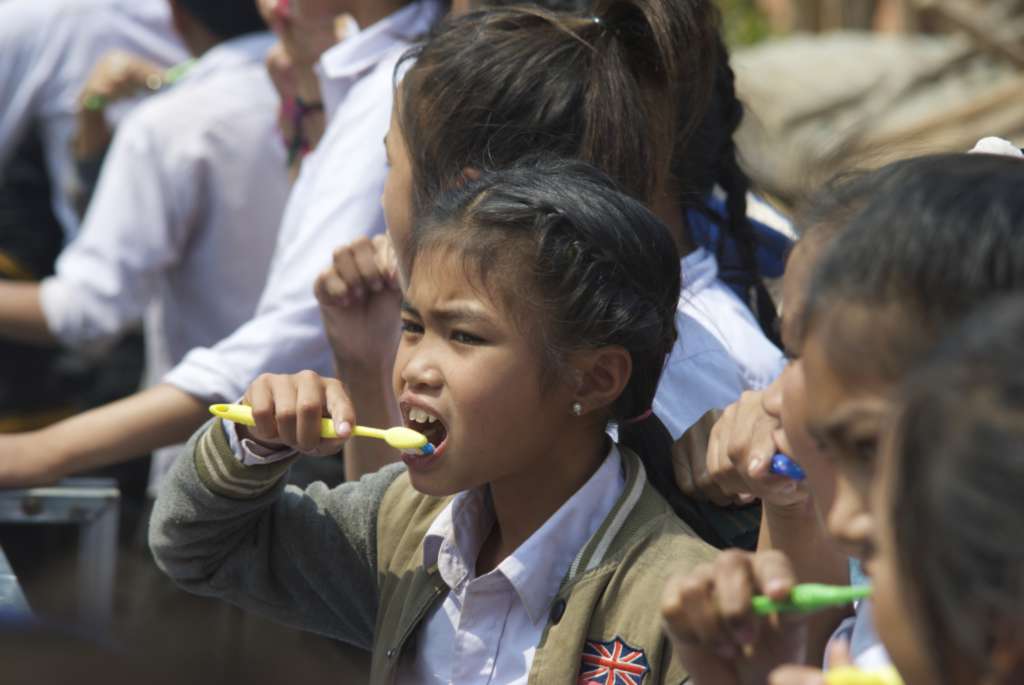
Last month, the hygiene education pilot started in four villages of Boualapha district. The training aims at improving hygiene behaviour among kindergarten and primary schools pupils. Over 750 villagers (pupils and their parents, teachers, school directors and village authorities) will benefit from hygiene courses and complementary facilities that will be installed close to the toilets of the eight schools in the four villages. The facilities include water taps and “Tippy tap” hand washers (see picture below).
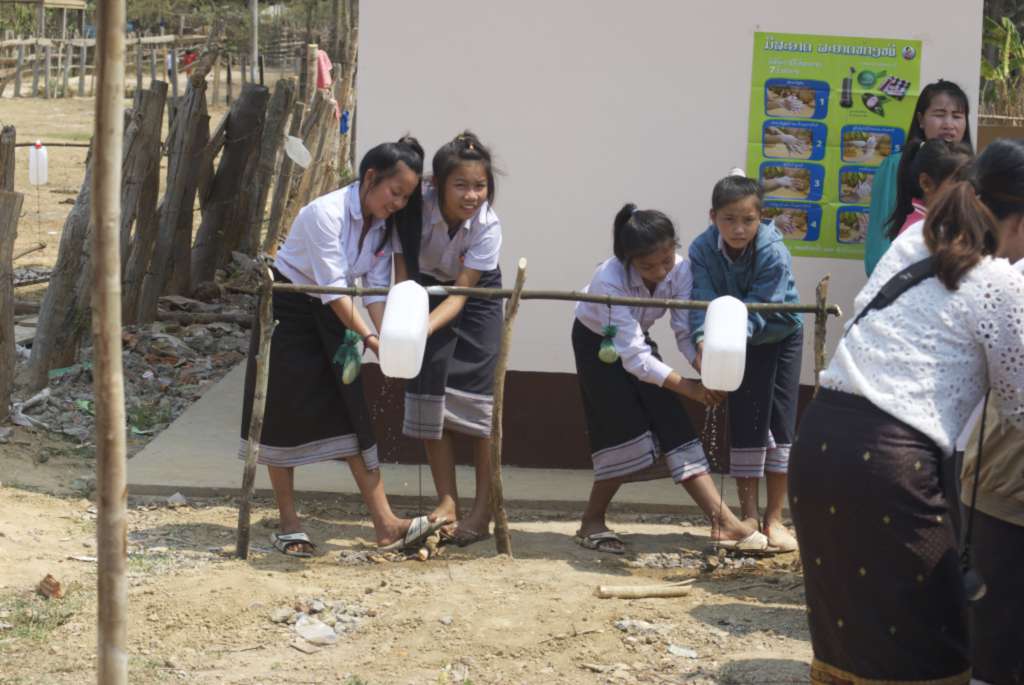
The training follows the so-called “children to parents approach”, whereby children that have become accustomed to hygienic behaviour taught in school adopt the same at home in hopes that it will influence the behaviour of their parents and siblings.
The training, conducted by a team from the French non-governmental organisation Sourires d’Enfants, uses interactive materials (such as the hygiene education toolkit called Blue Box, roleplaying, visual support, etc.) to focus on key behavioural changes in personal hygiene such as hand washing and brushing teeth. The programme also teaches safe management of drinking water and use of latrines in preference to open defecation in order to to induce lasting behavioural changes.
Such changes can only be perpetuated if the actions are applied and repeated, not only by the children, but also by teachers and ultimately the whole village. Furthermore, the Village Educational Development Committees reinforce behavioural change by establishing training support and promoting hygiene education. These Committees are often composed of village authorities, elders and some parents and are the main actor responsible for guaranteeing the continuity and sustainability of these hygiene practices in schools.
Finally, this approach also includes strong involvement and empowerment of authorities at the district and provincial levels, especially the Provincial School Health Task Force. Their capacity to train, encourage, follow-up on and raise awareness regarding good hygiene practices in the concerned villages will equally be essential for successfully implementing behavioural changes. Later this year, once the capacity of this Task Force is enhanced and lessons have been drawn from the pilot phase, the same activities will be implemented in KHALODEP’s other target villages.
Laos - KHALODEP Scholarship promotion enters the second round
The second year of the Khammouane Local Development Project (KHALODEP) scholarship outreach activity has been completed.
The scholarship aims to strengthen human resource development and career alternatives through secondary school enrolment support as well as technical/vocational training, targeting marginalized people and mainstreaming gender to promote equality. The scholarship focuses on increasing and ensuring access, enrolment and retention of boys and especially girls in secondary schools throughout KHALODEP’s 34 target villages located in the three districts of Mahaxay, Nakai and Boualapha.
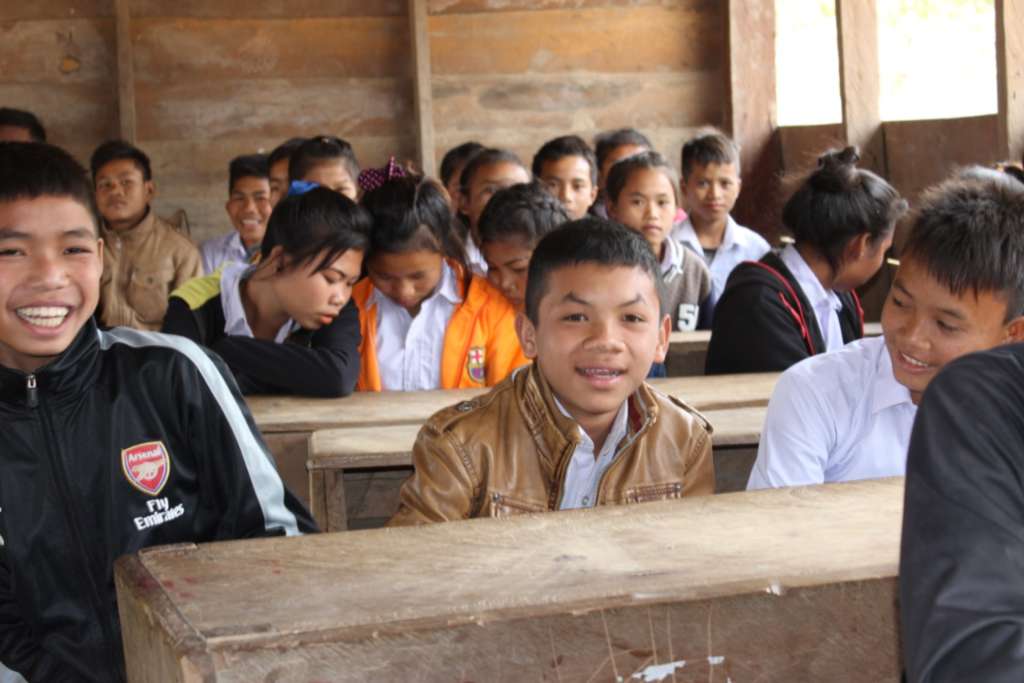
Scholarships are granted to young individuals between 14 and 25 years old, living in one of the target villages. Each student can receive a maximum of one scholarship per year. For vocational training or secondary school scholarships lasting more than one year, students may apply for a second scholarship if their studies remain at a satisfactory level. Eligible applicants will have completed primary school and fulfil poverty criteria stipulated by Laotian standards.
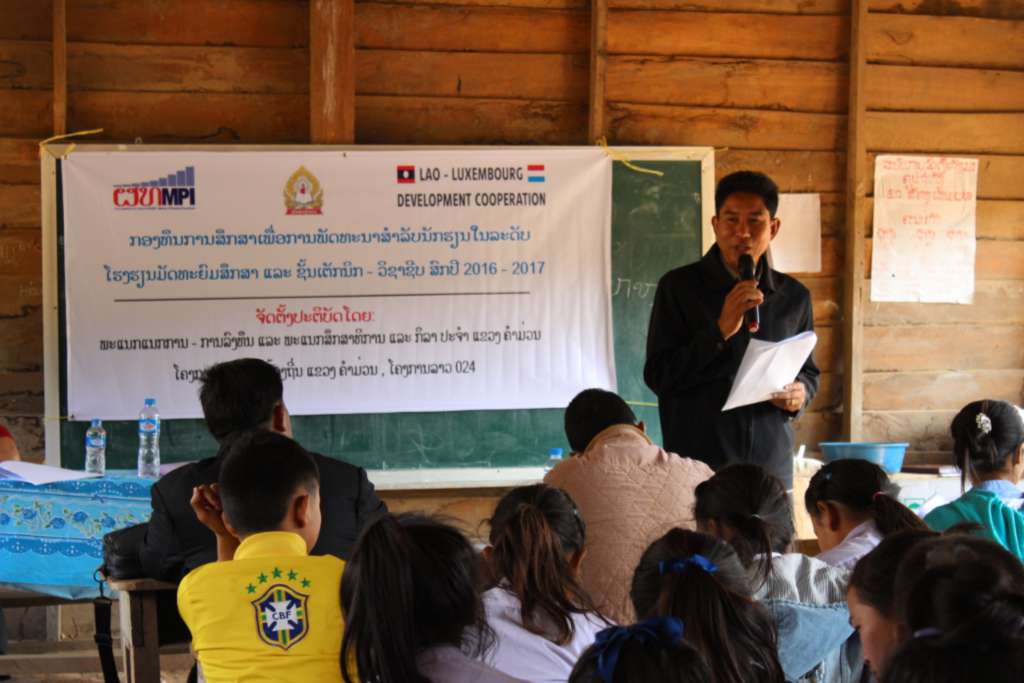
The planning and implementation of the activity is the result of an intensive and constructive collaboration between the project’s technical advisors and the provincial/district officers. For three consecutive weeks, from 15 February until 4 March, a team composed of provincial/district officers from the Department of Education and Sports and a teacher from the Vocational Training School of Thakhek informed the villagers and students in the 34 target villages about the application requirements and the subjects covered by KHALODEP’s scholarship. Using music and other media, the promotion team gave colourful presentations, distributed application forms and answered students’ and villagers’ questions, while particularly encouraging women’s participation and specifically targeting the poorest households.
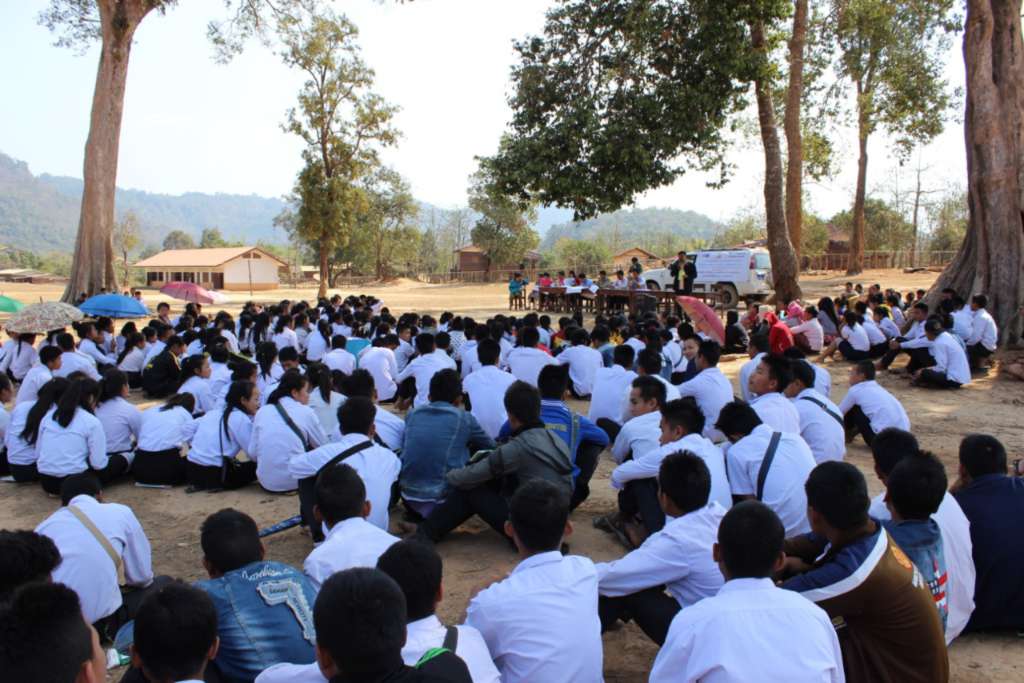
Once all applications are collected, the scholarship selection team will short-list candidates. Individual house visits by the selection team to meet the pre-selected candidates will take place before the final decision is made. Later on, during an official ceremony recognizing their achievement, the Vice-Governors of each district will give half of the scholarship amount to the selected students. The remaining amount will be given to the student only after the selection team has received proof of the student’s satisfactory mid-term reports.
Pietro LOMBARDINI | Junior Technical Advisor | KHALODEP - LAO/024
Laos – Young, poor and remote are no longer barriers to secondary school enrolment
LAO/024 Khammouane Local Development Project (KHALODEP) successfully awarded scholarships to 26 selected students of the three project target districts: Boualapha, Mahaxay and Nakai in Khamouane province.
These scholarships are intended to strengthen human potentials and career alternatives through secondary school enrolment support and technical and vocational training. They are specifically aimed at supporting marginalized households whilst ensuring equal access for boys and girls (gender mainstreaming). Indeed the scholarships focus on increasing and ensuring access, enrolment and retention to secondary schools in the target villages.
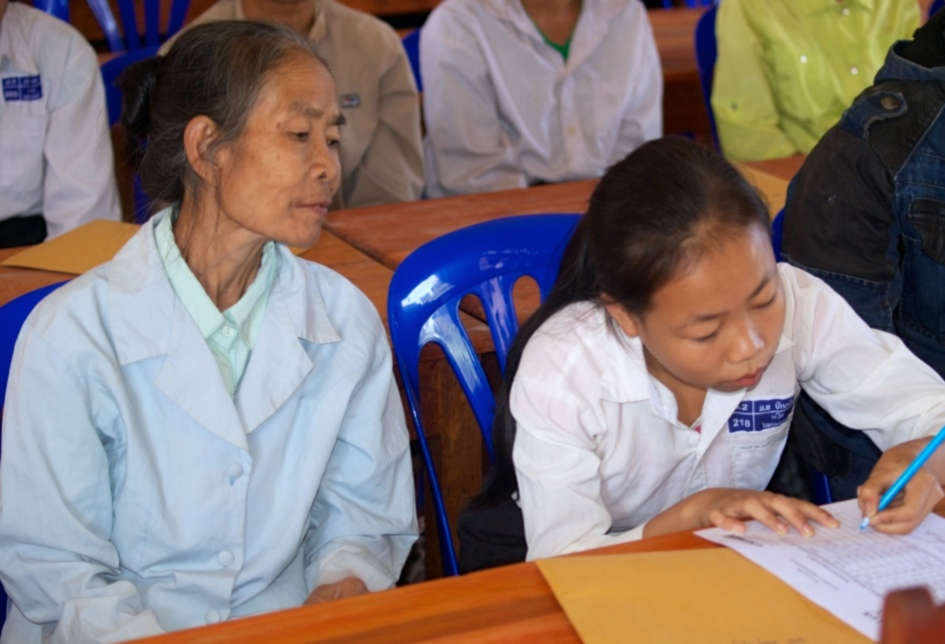 Pupil signs her enrolment for the scholarship
Pupil signs her enrolment for the scholarshipAlthough primary schools are operating in each village, or located at a distance affordable for parents to send their children to, this is not the case for secondary schools. Those are less widespread, often offering fewer classes, too far away or simply overcrowded. The attendance by girls and, in some cases, also boys is limited by the family needs in labour and lack of income to make ends meet.
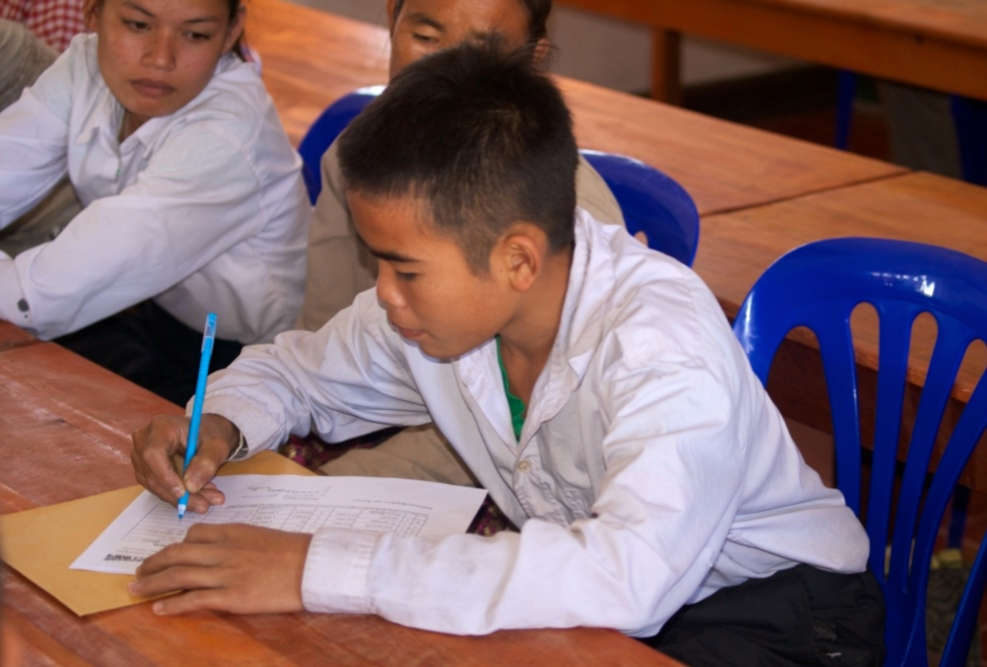
KHALODEP scholarships outreach was made possible through the dynamic collaboration between the project team and the provincial and district Departments of Education and Sports as well as the representative from Thakhek Vocational Training School. All the target districts lower and upper secondary schools were visited with a total of 581 applications received. After screening, which included visits to 114 households, 26 scholarships were granted to students (14 of whom were girls) who best matched the criteria related to poverty and ethnicity.
In the process, two lessons were learned: i) to attract scholarships for vocational training and not only for secondary school education, a different promotion strategy has to be followed next year, and ii) to receive applications from households who currently can’t afford to send their children to secondary school at all, the promotion should not be channelled through the villages’ schools and the village authorities but through direct contact with these households.
From 20 to 22 October 2015, in an official ceremony, the Vice-Governors of Mahaxay, Nakai and Boualapha have handed over the scholarship awards to the students and their parents.
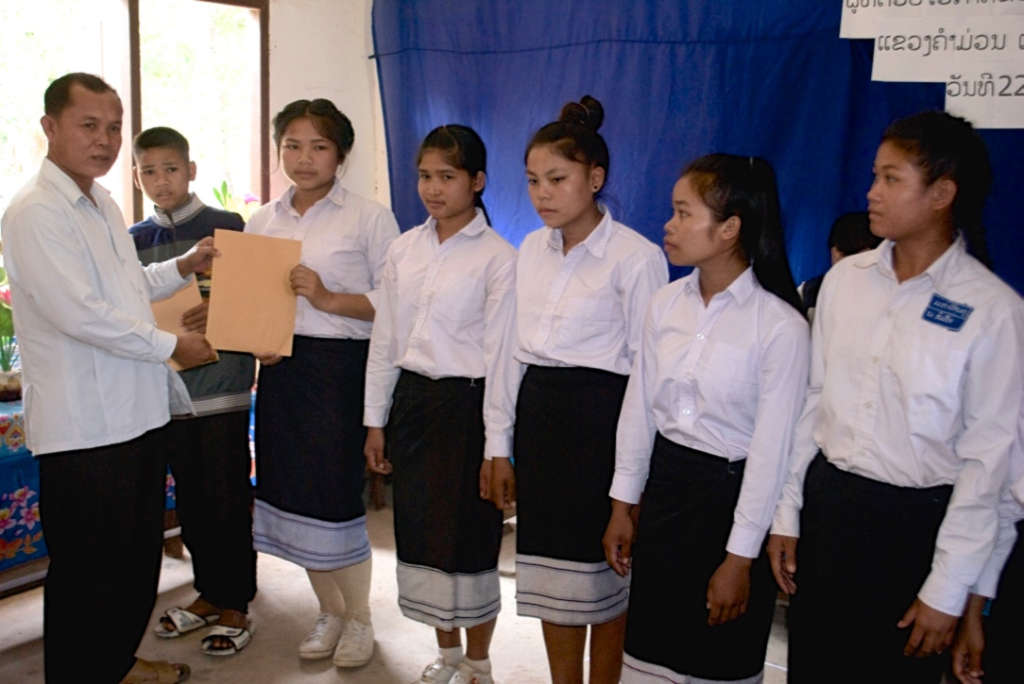
This activity will be replicated next year and hopefully more applications will be processed to offer disadvantaged youngsters a better outlook on receiving education and even a vocational oriented training.
Laos – Khammouane : Village Development Plans finalized in Mahaxay, Nakai and Boualapha
In August, three meetings were held in the Administration Offices of Mahaxay District, Nakai and Boualapha Districts in order to finalize the Village Development Plans in close consultation with representatives of the target villages. The two-day meetings were chaired by the vice-governors of each district and representatives of the target villages presented 12 - 13 priority activities that were identified as the data collection and discussions among 50 – 80 villagers during the period of March – May 2015. Estimation of occurring financial inputs of each of these activities as estimated by the district technical offices were also presented in these meetings.
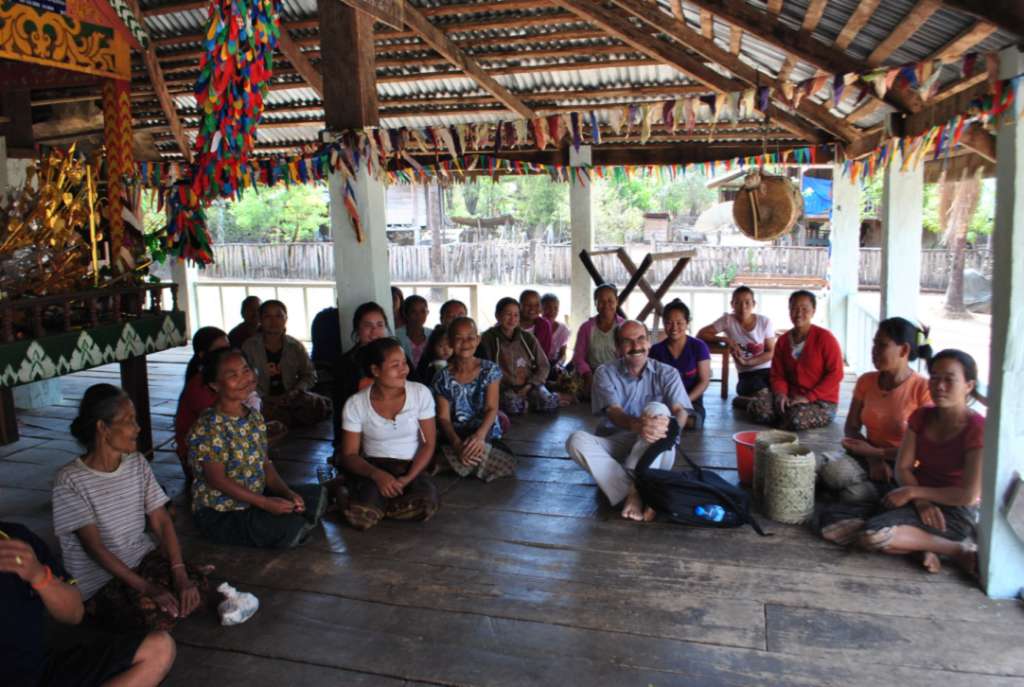
Each village gave a short presentation, on which the district technical offices, KHALODEP staff and the districts’ vice-governors made their comments. Ensuing discussion focused on the proposed activities and their priority ranking with regard to feasibility of the works, KHALODEP’s policies, villagers’ perception and the districts’ need to coordinate the investment among villages, such as to consider providing a school to a group of two or three villages that are close to each other.
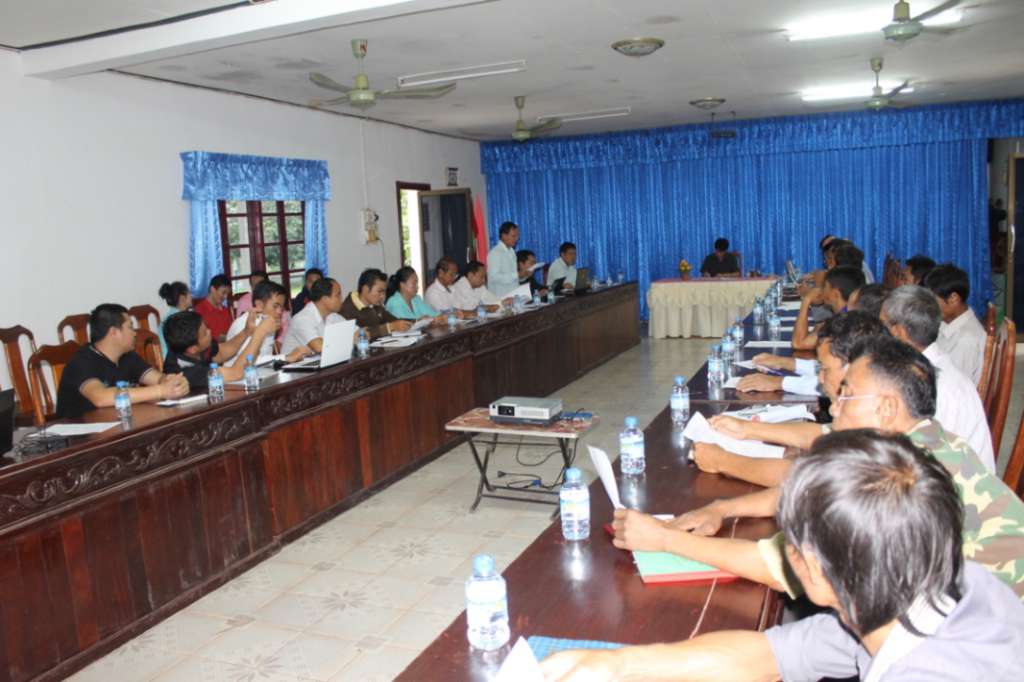
After discussion, the village representatives have revised their priority ranking and keeping in mind that KHALODEP has an average of approximately 350 million LAK (39 000 EUR) available for infrastructure work for each village. And for the next five years, the project will also provide an average amount of 180 million LAK (20 000 EUR) under the Village Development Fund activity of the project that will be managed by the villagers themselves. Although the final proposed activities under the Village Development Fund will only be decided after intensive training to the villagers on funding procedures, the intended investment is also relevant for the prioritisation as it may be used for small community infrastructure, which subsequently will serve to increase income-generating activities.
As the result of the meetings, KHALODEP now has a better understanding of the current conditions of the infrastructure in the target districts as well as their priorities to use the funds from the Government of Luxembourg. The final decision on the infrastructure works to be funded will be further subjected to feasibility studies and consultation with the villagers. The plan is to start with one construction per district in 2015. Training on Village Development Fund will be held in October and the project expects to sign the delegation agreements with the villagers in November – December this year.
Those works that have not been given the highest priority for KHALODEP funding will be retained for consideration for funding under the 5-year Village Development Plan for inclusion into the updated districts’ socio-economic development plan 2016–2020. The completed Village Development Plans, co-signed by the head of the village and district’s governor, will soon be distributed by the District Planning Office to all relevant stakeholders, including other development partners.


